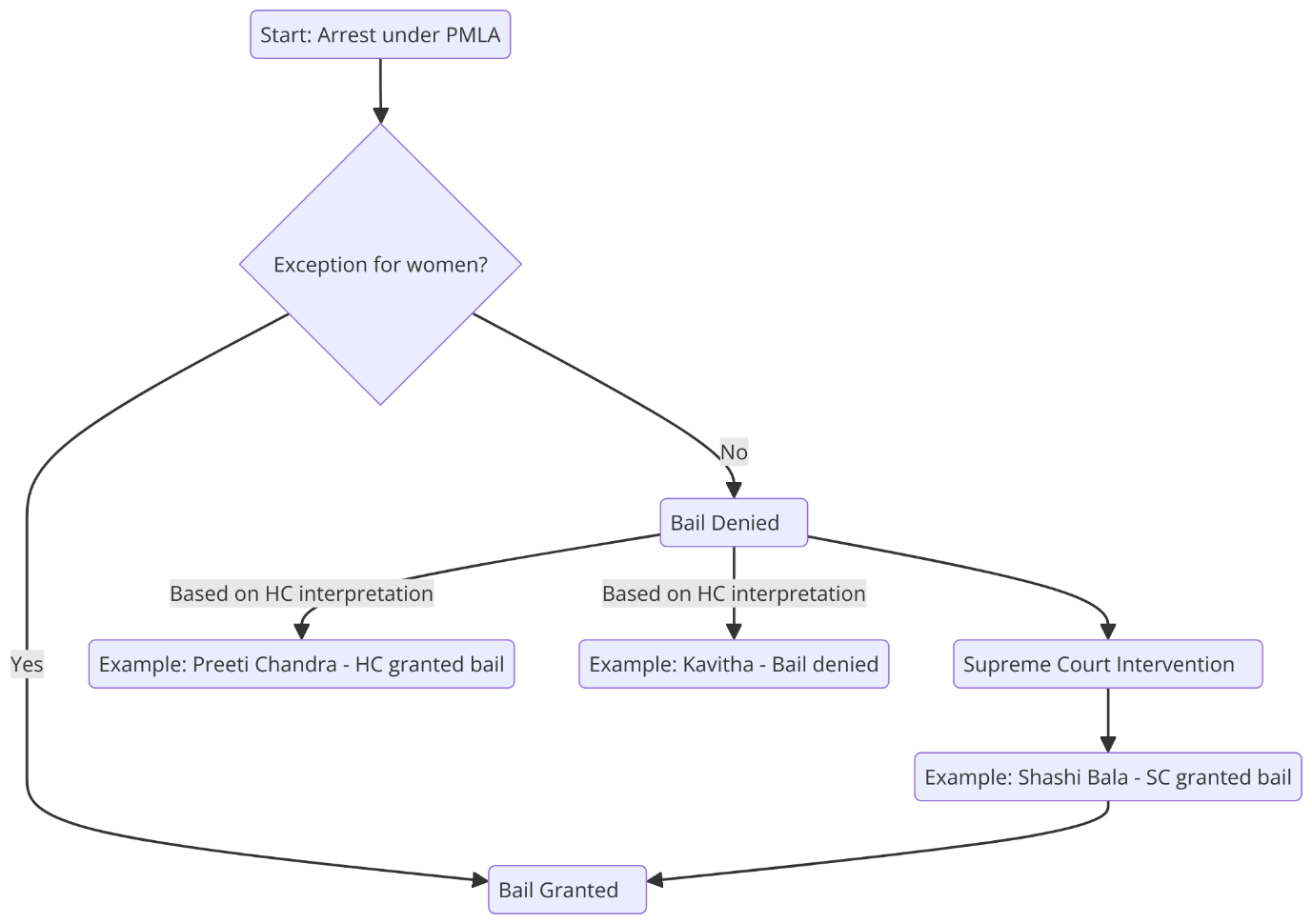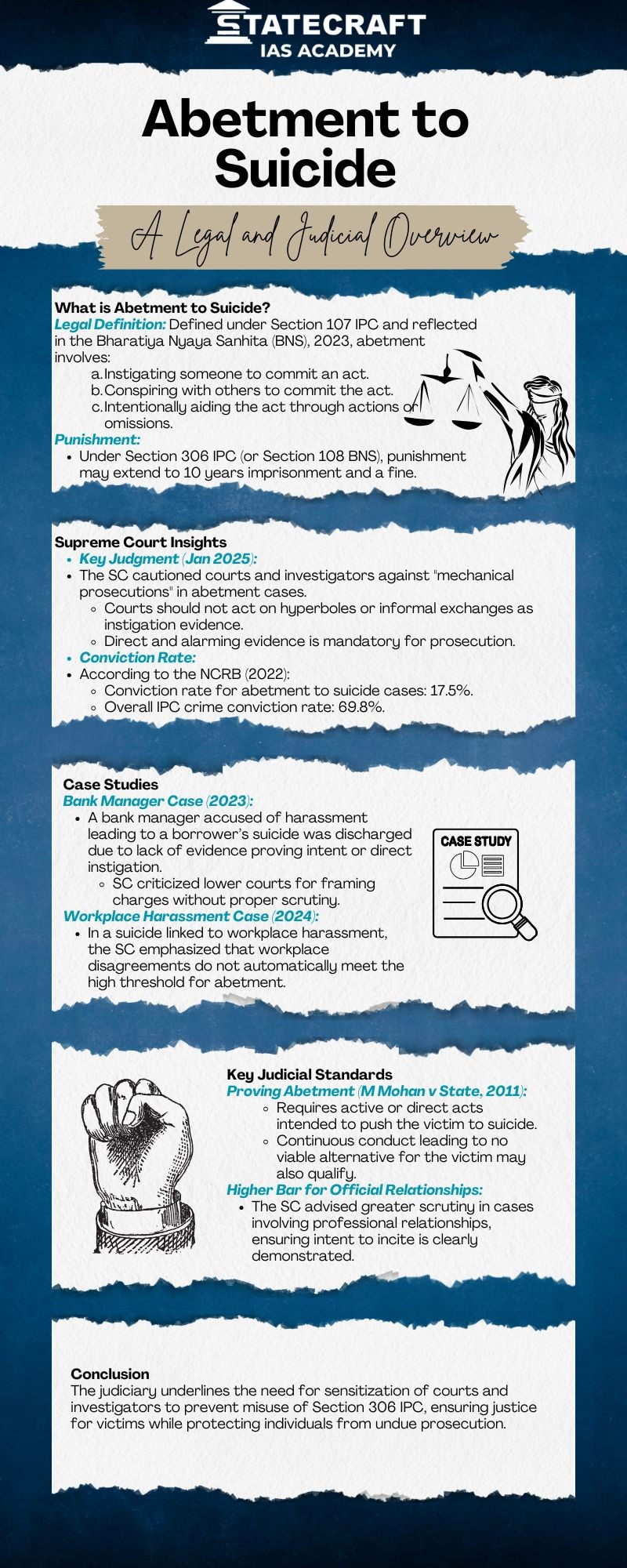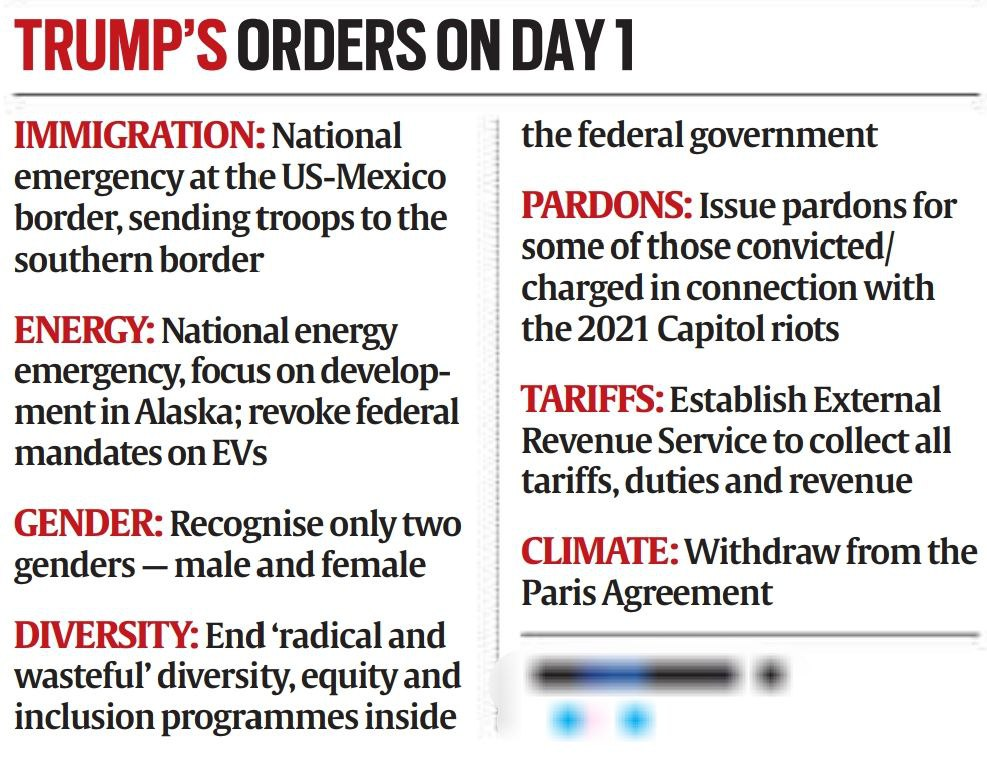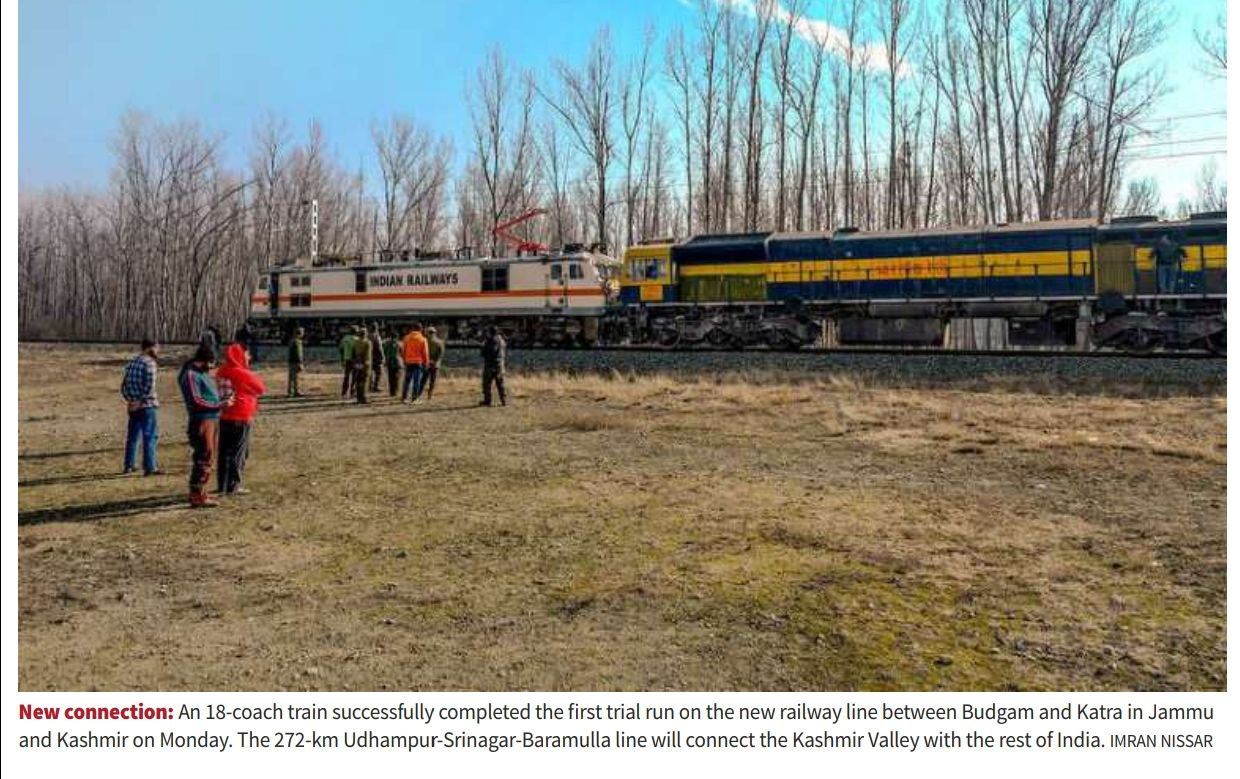Index:
- Gaza Ceasefire Agreement – Key Points
- Kashi Tamil Sangamam 3.0
- India's Goods Exports and Trade Deficit – December 2024
- Kolkata's Heritage Lighting Initiative
- Infrastructure in Government Schools – UDISE Report 2024
- Burrow Tragedy - Lessons from Mining Disasters
- Safety and Piety: Managing Religious Gatherings
1. Myanmar Military and MNDAA Ceasefire
Background
- Myanmar Military Conflict: Ongoing clashes between the Myanmar military (Tatmadaw) and ethnic armed groups.
- MNDAA (Myanmar National Democratic Alliance Army): An ethnic armed group made up of ethnic Chinese fighting to control their territories. It is part of the “Three Brotherhood Alliance.”
Recent Development
- Ceasefire Agreement:
- Signed between the Myanmar military and MNDAA on January 20, 2025.
- Facilitated by China during talks in Kunming, China’s southwestern city.
Significance
- Regional Stability:
- The ceasefire reduces conflict in northern Myanmar near the Chinese border.
- Enhances security, stability, and development in border areas.
- Role of China:
- Actively mediating peace in Myanmar.
- Providing support and assistance to the peace process.
- Strategic Importance: Northern Myanmar is crucial for both Myanmar and China’s economic interests, particularly for the China-Myanmar Economic Corridor.
Key Players
- MNDAA:
- Ethnic armed group of ethnic Chinese origin.
- Seized a major military base near the border in July 2023.
- Three Brotherhood Alliance:
- Composed of MNDAA, Ta’ang National Liberation Army (TNLA), and Arakan Army (AA).
- Launched a coordinated offensive against Myanmar’s military junta in October 2023, seizing significant territories near China.
Implications
- Myanmar’s Internal Conflict: The ceasefire represents a step toward resolving ethnic tensions, but long-term peace depends on broader political negotiations.
China’s Influence: As a mediator, China’s role highlights its increasing influence in Southeast Asia’s geopolitics.
2. Yemen's Houthis and Red Sea Corridor
Background
- Houthis: An armed rebel group from Yemen with political and military control over northern Yemen. Backed by Iran, they have been involved in conflicts with Saudi-led coalitions since 2015.
- Red Sea Corridor: A crucial maritime route for global trade, connecting the Suez Canal to the Indian Ocean.
Recent Developments
- Targeting Israeli Ships:
- Houthis announced they will now restrict attacks to Israeli-affiliated ships in the Red Sea.
- This decision aligns with the ceasefire in Gaza between Israel and Hamas.
- Impact on Global Shipping:
- Houthi attacks since November 2023 have halved traffic through the Red Sea, significantly affecting Suez Canal revenues.
- Uncertainty remains despite the Houthis’ statement, as global firms hesitate to resume operations in the region.
- Potential Resumption of Broader Attacks: The Houthis warned they might resume attacks on U.S. and U.K. vessels, citing their involvement in airstrikes targeting Houthi forces.
Significance
- Economic Impact:
- Suez Canal Revenue: Reduced shipping traffic directly affects Egypt’s economy.
- Global Trade: Disruptions threaten energy and cargo shipments between Asia and Europe.
- Maritime Security:
- Threats to the Red Sea corridor could escalate tensions in the Middle East.
- Increased involvement of naval forces from the U.S. and allied nations to secure the route.
- Geopolitical Implications:
- The Houthis’ alignment with Iranian interests underscores Iran’s influence in the region.
Regional instability impacts India’s trade via the Red Sea and Arabian Sea.
3. Bail Provisions for Women Under PMLA
Background
- Prevention of Money Laundering Act (PMLA), 2002: A law to prevent money laundering and confiscate the proceeds of crime.
- Section 45 of PMLA:
- Imposes stringent conditions for granting bail.
- The accused must prove there is no prima facie case against them and they are unlikely to commit offenses while on bail.
- Includes an exception for women, minors, and sick/infirm persons:
They may be granted bail if the court directs.
Recent Developments
- Supreme Court Criticism of ED:
- SC criticized the ED for ignoring the statutory exception under Section 45(1) of PMLA for women.
- Stated that creating sub-classifications like “household women” or “well-placed women” is legally unjustified.
- Granted bail to Shashi Bala, a government teacher accused of aiding money laundering.
- Key Precedents:
- Preeti Chandra Case (Delhi HC, 2023): HC granted bail under the exception for women and rejected ED’s argument that the benefit should be restricted to certain categories of women.
- K Kavitha Case (Trial Court, 2024): Denied bail to BRS leader Kavitha, stating the exception is not “mandatory” and she was not a “vulnerable” woman.
Case Study: Shashi Bala
- Allegations:
- Accused of assisting Rasheed Naseem, the promoter of Shine City Group, in money laundering of over ₹36 lakh.
- Shine City Group involved in defrauding investors of ₹800-1000 crore.
- Timeline:
- November 2023: Arrested by ED.
- September 2024: Bail plea denied by Allahabad HC, citing her association with an absconding Naseem.
- January 15, 2025: SC granted bail, criticizing the ED’s misinterpretation of the exception for women.
Key Issues and Implications
- Interpretation of Section 45(1):
- SC reaffirmed that all women are eligible for the exception, without sub-classifications.
- Emphasized the need to adhere to statutory provisions.
- Rights of Women Under PMLA:
- The exception is designed to safeguard vulnerable groups but is not “mandatory” or “automatic.”
- Courts retain discretion in granting bail after assessing factors like flight risk and potential to tamper with evidence.
- Role of Enforcement Agencies: SC highlighted concerns about misinterpretation of laws by agencies like the ED.
- Impact on Vulnerable Groups: Clarifies the application of bail exceptions, ensuring protection for vulnerable individuals under stringent laws like PMLA.
4. Mitigating and Aggravating Circumstances in Death Penalty Cases
Background of Death Penalty in India: Upheld in the landmark case Bachan Singh v. State of Punjab (1980).
- Death penalty should only be imposed in “rarest of rare” cases where no possibility of reformation exists.
- Framework for Sentencing: Courts consider aggravating and mitigating circumstances to determine whether to impose a death sentence.
Key Circumstances
- Aggravating Circumstances:
- Nature of the crime: Pre-planned, calculated, or involving extreme brutality.
- Exceptional depravity: Crime demonstrates a complete disregard for human values.
- Victim’s role: Murder of public servants, law enforcement, or armed forces on duty.
- Mitigating Circumstances:
- Mental/emotional disturbance: Accused acted under extreme stress or provocation.
- Age of the accused: Very young or very old individuals are less likely to receive a death sentence.
- Possibility of reform: If there is a chance the accused can be rehabilitated.
- External influence: Accused acted under duress or directions of another person.
- Moral belief: Accused believed their actions were justified.
- Mental health issues: Accused lacked the capacity to understand the criminality of their actions.
Judicial Precedents
- Bachan Singh v. State of Punjab (1980):
- Death penalty upheld as constitutional but restricted to the “rarest of rare” cases.
- Courts must balance circumstances of the crime with circumstances of the criminal.
- Machhi Singh v. State of Punjab (1983): Death penalty can be imposed if the collective conscience of society is shocked.
- Santosh Bariyar v. State of Maharashtra (2009):
- Clear evidence required to prove the accused cannot be reformed.
- Emphasized objectivity in the sentencing process.
- Shankar Kisanrao Khade v. State of Maharashtra (2013): Highlighted inconsistency in applying age as a mitigating factor.
- Dattaraya v. State of Maharashtra (2020): Failure to conduct a meaningful hearing for sentencing can justify commutation of death penalty to life imprisonment.
- In Re: Framing Guidelines Regarding Potential Mitigating Circumstances (2022): Supreme Court questioned if sentencing hearings conducted on the same day as the conviction provide a meaningful and effective hearing.
Stage of Trial for Sentencing
- Separate Hearing Requirement:
- Courts must conduct a distinct sentencing hearing after conviction to assess mitigating factors.
- SC has stressed that hearings must be “real, effective, and meaningful.”
- Aggravating circumstances are part of the case record, but mitigating factors are only considered post-conviction, creating an imbalance for the accused.
Law Commission Report (2015)
- 262nd Report:
- Highlighted the inconsistency in applying mitigating factors.
- Criticized the subjective nature of sentencing and the reliance on the “collective conscience” doctrine.
Case Study: Sanjoy Roy (RG Kar Medical College Case)
- Incident: Rape and murder of a doctor in West Bengal.
- Verdict:
- Sessions court sentenced the accused to life imprisonment.
- CBI sought the death penalty, citing the brutality of the crime.
- Mitigating Factor: Accused’s age (35 years).
Outcome: Court upheld life imprisonment, balancing aggravating and mitigating factors.
5. Ratnagiri Excavations and Odisha's Buddhist Heritage
Key Highlights of Recent Excavations
- Discoveries at Ratnagiri (2023-24):
- Buddha Head: A 3–4 ft colossal sculpture.
- Massive Palm: A 5-ft relic.
- Ancient Wall and Inscribed Relics: Dated back to the 8th and 9th centuries AD.
- Evidence of partially visible structures, potentially including chaitya complexes and ceramic assemblages.
- Significance of Discoveries:
- Highlights Ratnagiri’s role as a Buddhist center of learning and culture.
- Provides evidence of Southeast Asian links through material culture and architecture.
Historical Context
- Odisha’s Buddhist Heritage:
- Flourished during the reign of Mauryan Emperor Ashoka (304–232 BCE) after the Kalinga War (261 BCE).
- Expanded under the Bhaumakara Dynasty (8th–10th century).
- Known for its association with Mahayana and Tantrayana (Vajrayana)
- The Diamond Triangle:
- Ratnagiri, Lalitgiri, and Udaygiri form Odisha’s famous Buddhist Triangle.
- Ratnagiri’s peak period: 7th–10th century AD.
- Rivalled Nalanda as a learning center, according to Thomas Donaldson.
Odisha’s Maritime and Cultural Links with Southeast Asia
- Trade Connections:
- Exported pepper, cinnamon, cardamom, silk, camphor, gold, and jewelry.
- Linked with regions like Java, Sumatra, Bali, Borneo, Myanmar, and Sri Lanka.
- Cultural Influence:
- Annual Baliyatra Festival celebrates maritime trade with Southeast Asia.
- Merchants from ancient Odisha, like Tapassu and Bhallika, were early disciples of Buddha.
- Role of Buddhism:
- Helped spread Buddhist teachings to Southeast Asia.
- Art and architecture of Odisha influenced Southeast Asian Buddhist sites.
Past Excavations at Ratnagiri
- Initial Excavations (1958–1961):
- Led by Debala Mitra (later ASI Director-General).
- Unearthed:
- Brick stupa.
- Three monastic complexes.
- Hundreds of votive and commemorative stupas.
- Current Excavations (2023–24):
- Led by D B Gamayak.
- Aim:
- Explore partially visible structures.
- Understand Ratnagiri’s material culture and Southeast Asian connections.
- Discover evidence of chaitya complexes and early relics (pre-5th century).
Role of Buddhism in Odisha
- Spread of Buddhism:
- Emperor Ashoka’s transformation post-Kalinga War led to the spread of Buddhism to Sri Lanka, Central Asia, and Southeast Asia.
- Hiuen Tsang, the Chinese Buddhist monk, visited Odisha (638–639 AD) and possibly Ratnagiri.
- Cultural and Religious Significance:
- Ratnagiri was a hub for Buddhist learning, attracting scholars and monks.
Focus on Mahayana and Vajrayana practices.








